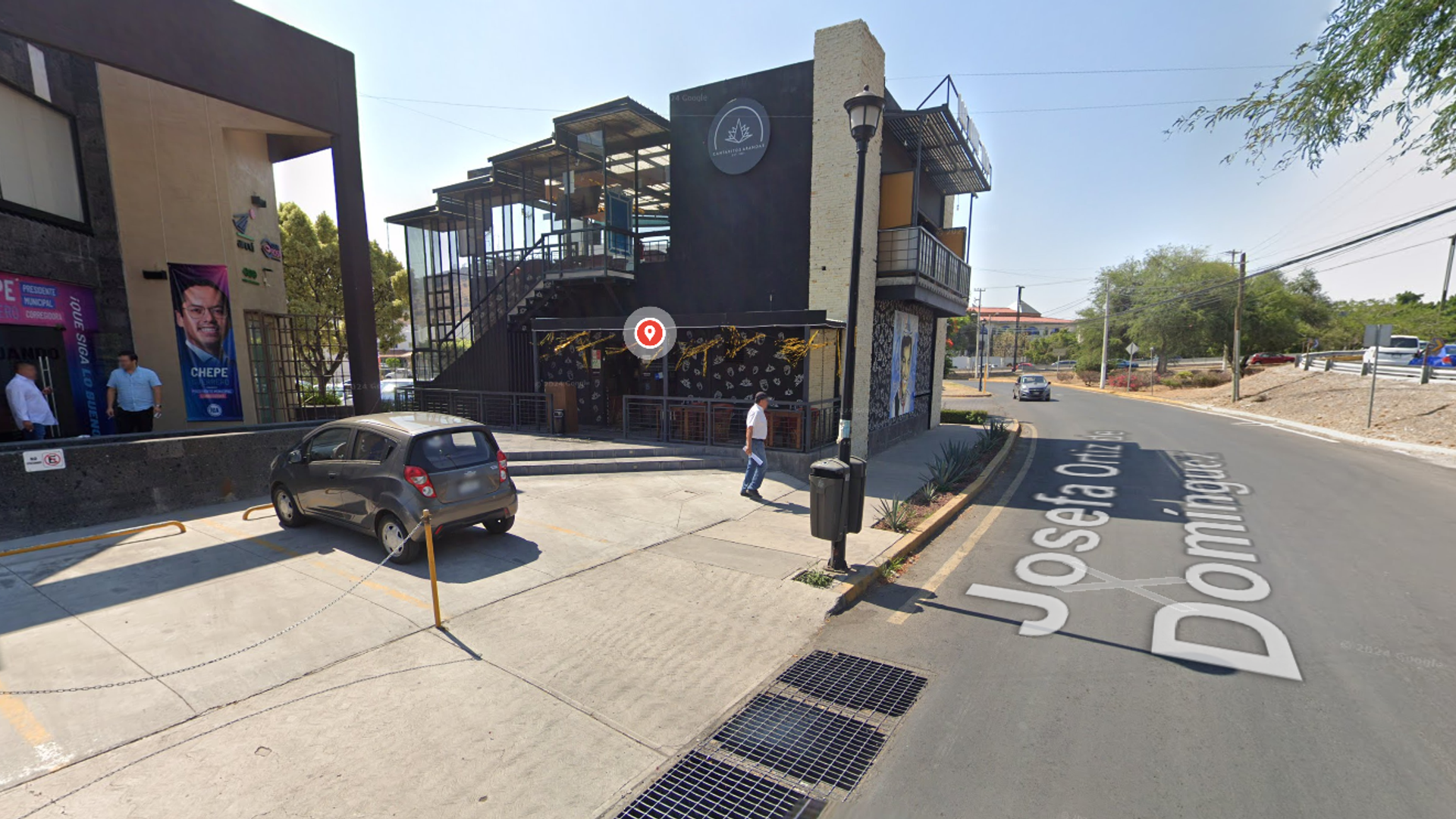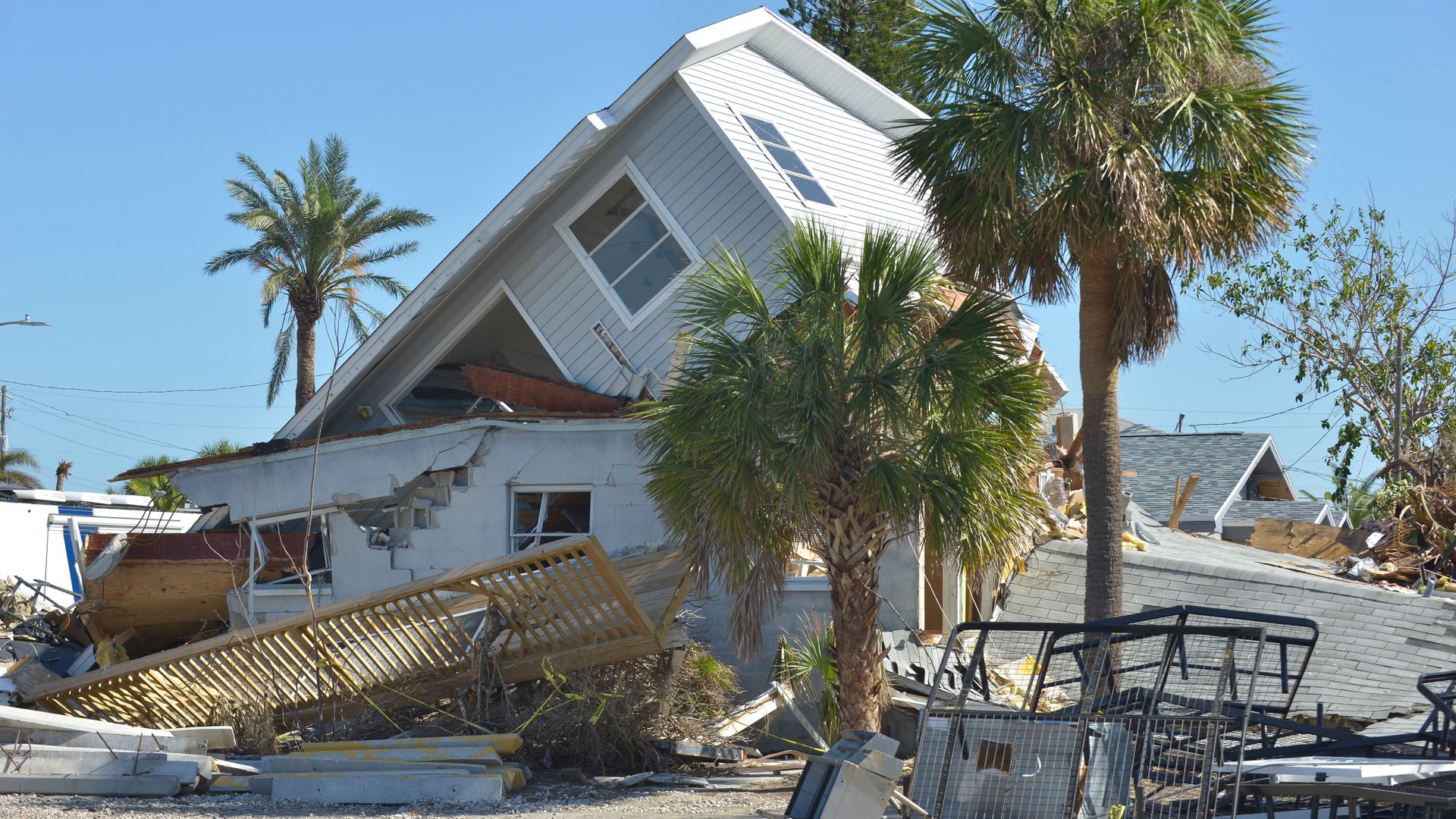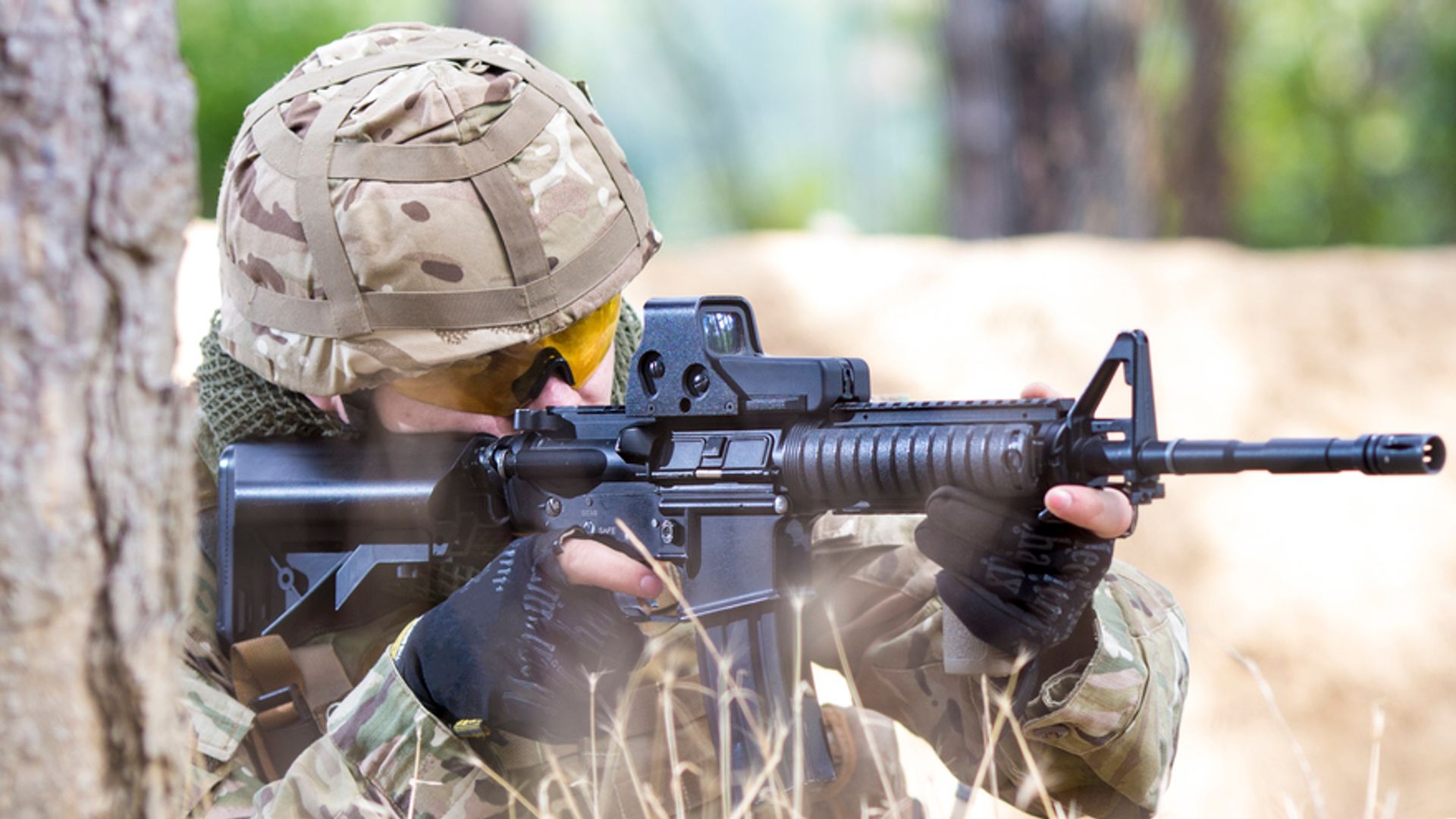
Hard Telling Not Knowing each week tries to answer your burning questions about why things are the way they are in Maine — specifically about Maine culture and history, both long ago and recent, large and small, important and silly. Send your questions to [email protected].
It is very likely that almost nobody under the age of 25 — and that is a very generous age cutoff — has ever used a payphone, or perhaps even seen one. That’s because, at least in Maine, there are hardly any left.
Thirty years ago, however, they were everywhere. Street corners, shopping centers, gas stations, town and city halls, hotels. If a lot of people were typically gathered in one area, there was probably a payphone there, either stuck to a wall or enclosed in a booth.
In the days of party lines, when several households used one phone line, a payphone could provide needed privacy from snooping neighbors. In emergency situations, they were lifelines. How many people called their friends or, worse, their parents, from a payphone when they needed a ride home in the middle of the night?
The dawn of the cell phone era put an end to payphones. Ninety-seven percent of U.S. adults today have a cellphone of some kind, according to the Pew Research Center, compared with 60 percent in 2003. In 2001, there were 5,400 payphones across the state. Today, there are fewer than 50.
The first-ever coin-operated payphone was installed in Hartford, Connecticut, in 1889; by 1902, there were 81,000 payphones operating in the U.S., a handful of which had arrived in Maine around the turn of the century. Over the decades, payphones quickly proliferated, with the first outdoor phone booths installed in Maine in the early 1950s.
When the Bell Systems antitrust lawsuit required in 1982 that Bell owner AT&T break up the company into smaller Bell phone providers, payphone deregulation soon followed, and lots of private companies began operating their own payphones. In New England, NYNEX and Bell Atlantic — regional Bell companies that spun out of the national Bell systems — still operated the majority of payphones.
By the early 2000s, however, cellphones had begun to take over, and payphones began disappearing statewide, though a few hung on well into the 2010s. The payphone in Pickering Square in downtown Bangor stayed up until 2014, and several payphones on Congress Street in downtown Portland were operational until around that time as well.
In 2005, faced with a rapid dissolution of payphones across the state, the Maine Legislature passed a bill forming the Public Interest Payphone program in order to provide phone service to underserved areas.
There are 33 phones in that program, according to Maine’s Public Utilities Commission, almost all of which are in municipal buildings like town halls, police stations and schools — though there are a few in places like the Searsmont Fraternity Village General Store, the Raymond Snack Shack and Palmeter’s Store in Meddybemps. There’s one at the Madawaska Fire Station, and there’s one at the Kittery Police Department. Bangor’s is located at the city’s public health office on Texas Avenue.
There are a handful of privately operated payphones still scattered around the state, mostly at rest areas on Interstate 95, and at a few Walmarts, Hannaford Supermarkets and Irving gas stations. The Maine PUC doesn’t track those numbers, so it’s hard to know exactly how many there are.
Regardless, payphones are a very rare thing these days. Seeing one is like spotting the Steller’s sea eagle that has visited Maine over the past few years: an unusual surprise that makes you think, “Is that supposed to be here?” Like an appendix, they are vestigial organs that once served an important use, but today are just there, reminding us of a time when phones only did one thing: call people.
Just know that, in Maine, if you’re stranded in Meddybemps and your cellphone dies, you can hoof it over to Palmeter’s Store and make a call.













